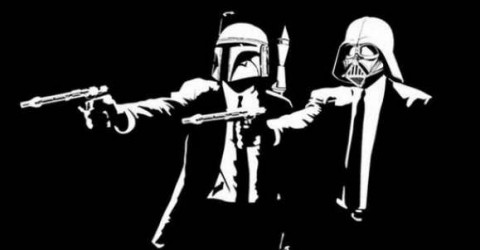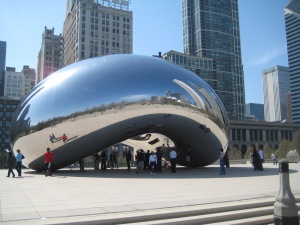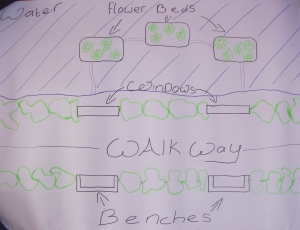I’ll reiterate here what I said I liked about this module at the beginning of the semester; it isn’t predictable, it keeps you on you toes and it challenges you. All of these criterion were included in our “Design the City” task for week 4. We were taken into Limerick city, away from the comforts of the studio, away from the handy tools, the layout pads, the pens, the papers and the people we know. So yeah, that kept things interesting and got us thinking on our feet. The whole point of our excursion was to study the environment, take in the locals, the structure of the places, evaluate what’s there and what’s not and come up with a solution for whatever we find.
Countless cities across the globe have sampled this culture of using what they already have on the landscape and simply making it better. It can be a complex set of circumstances that yields a design solution, or a minute change that alters the way the public sees something. An example of these is “The Bean” in Chicago’s Millenium Park. A highly reflective, highly polished metal structure in the shape of a bean which has drawn the attention of the public beautifully, as well as encouraged other aspiring designers to emulate its form and take the idea behind it a little further.
Some more fun examples that I’ve seen myself are “The Jelly Baby Family” set up in Marble Arch in central London. Simple, colourful, vibrant and a little bit of fun. I personally loved the idea that the city of Las Vegas, Nevada used for one of their hotel / casino complexes, The Stratosphere. Check out the video to see the 3 theme park rollercoasters they’ve shoved on top of a skyscraper….yep, skyscraper. It was such a fantastic experience and an incredible, exciting use of limited space in a city such as this.
A more interactive design hack for a city appeared in Barcelona a year or two ago. Granted it was part of a mobile network advert, but it still drew a crowd and showed great creativity. The designers took the popular (and by popular I mean extremely addictive) android game “Angry Birds” and scaled it up. It sat in the middle of a plaza in Barcelona and allowed great interaction between the oversized game and the community. I feel they are the best design solutions, the ones that can inspire and involve all.
So for our design hack, we were given a small stretch of road and a riverbank walk on the outskirts of Limerick. I was kind of glad though, because every other team had a section of the concrete jungle, while we were the only group with a bit of scenery, some green. And we approached it in that manner by evoking the scenes of the city from afar. By the river we decided on installing benches that would fold away. When away, they looked like logs that would blend into the landscape and when open the allowed for comfort and relaxation. So from here we decided to make picture frames, or rather, kitchen windows in the trees that allowed the person relaxing to look out at the city. From differing angles the user would see different views of the city.
But we also had another idea, for joggers / runners / walkers. From the angle of their eye line (i.e. standing up and not sitting down) they would only see out into the river at close range. So why not give them something to look at too? A floating flower-bed was our solution. Connected to the land, they could just float around close to the bank and provide some beautiful scenery. A more interactive design solution to promote the city’s beauty from the outside. Like I said, I believe those are the best hacks, the ones that inspire and involve.













